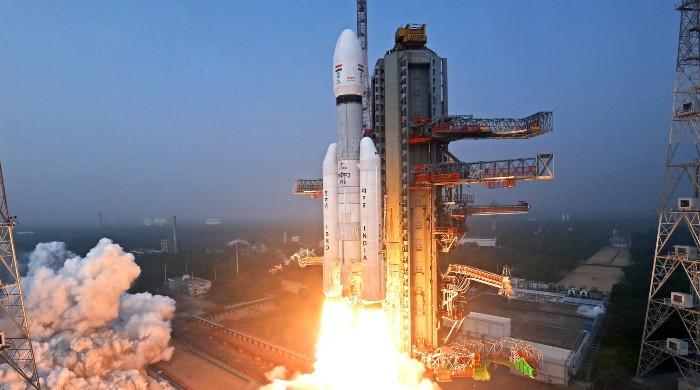Radiation from Starlink satellites 'hinder' astronomers from observing universe
ASTRON director says every time satellites with same level of emissions are launched, they see "less and less of the sky"
September 18, 2024

Radio waves from ever-growing Starlink satellites are hindering scientists from peering into the universe, according to researchers in the Netherlands.
The new versions of Elon Musk's satellites are disturbing the radio telescopes more than the previous satellites and the thousands of satellites in orbit may hinder research, the researchers from The Netherlands Institute for Radio Astronomy (ASTRON) have discovered.
In 2022, the UK's Department for Digital, Culture, Media and Sport reported these satellites can provide internet four times faster than the average speed.
Even though the services Musk’s satellites are providing are tremendous, astronomers reiterate that they are costing the research process a lot.
"Every time more of these are launched with these kinds of emission levels, we see less and less of the sky," Professor Jessica Dempsey, director of ASTRON, told BBC News.
"We're trying to look at things like the jets, which are emitted from black holes in the centre of galaxies. We also look at some of the earliest galaxies, millions and millions of light years away, as well as exoplanets," she added.
ASTRON found that emissions from the new satellites was 32 times stronger than the first generation satellites launched by Starlink.
Prof Dempsey added the radiation emitted by these satellites exceeds the amount set by the International Telecommunications Union.
The number of satellites in orbit by 2030 is expected to surpass 100,000 and there are possibly 6,402 Starlink satellites orbiting 342-miles (550km) above the Earth, as per an estimate reported by BBC.
This means that the emission levels are expected to increase with time, making the atmosphere above the Earth harder to observe and research through radio telescopes from the planet.









